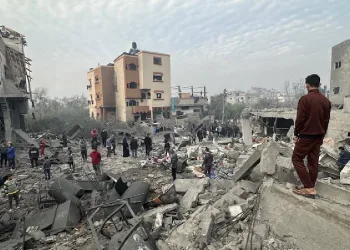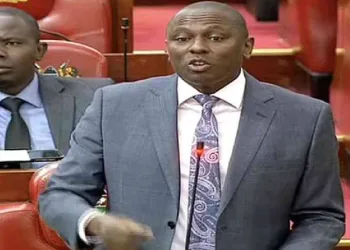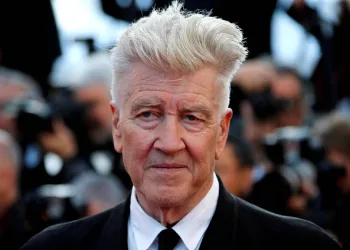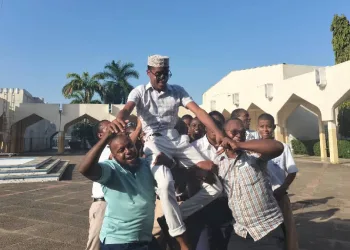The Hindu cremation tradition has traditionally been a private affair, mainly known to family members. However, the recent cremation of Mombasa billionaire Hasmukh Patel, owner of Mombasa Cement, offered the public a rare insight into these ceremonies.
Many residents were surprised to discover that Hasmukh, affectionately known as Hasu, opted for cremation instead of a conventional burial.
Hasmukh founded Mombasa Cement in 2007, establishing it as East Africa’s leading cement producer. His Kilifi factory spans 3,000 acres, producing two million tonnes of cement and one million tonnes of clinker each year. He was also a shareholder in the Corrugated Sheets Group.
Renowned for his philanthropy, Hasmukh spent over a decade donating food, covering school fees, and settling hospital bills. During the 2020 Covid-19 pandemic, he provided food, water, facemasks, and assistance for families in need. His feeding program at the Sahajanand Centre in Mtwapa supported over 50,000 people each month, and he also established a feeding center in Kibarani and supplied fresh water to Kisauni residents via a mobile tanker, spending around Sh300 million monthly on community support.
Hasmukh is survived by his mother, widow, three children, and two adopted children from his late brother. On September 1, his body was taken from Pandya Memorial Hospital, where it had been held for three days posthumously. Rather than a coffin, he was placed in a special vehicle in a seated position, and the procession to the New Cutchi Leva Patel Samaj Hall in Nyali included five stops at Hindu temples, causing a significant pause in Mombasa’s activity.
Family members indicated that it was Hasmukh’s wish for the people of Mombasa—many of whom benefited from his philanthropy but never met him—to see him one last time. Dressed in his favorite black Kaunda suit and glasses, Hasmukh’s body was adorned with colorful flowers and closely attended by relatives who ensured the red dot on his forehead remained in place. The sight of him being paraded through the streets in this manner surprised many, as such displays are uncommon in Hindu funerals. His assistant, Imtiaz Sayani, confirmed that this was Hasmukh’s intention, as he wanted to be seen by the community.
The chair used for his body had been his bed for over five years, and Sayani admitted he had never witnessed such a seated display during a cremation before. After an hour at his Nyali home for family and friends to pay their respects, the body was taken to the New Cutchi Leva Patel Samaj Hall, where thousands gathered to honor him.
Dignitaries, including President William Ruto, Uganda’s Yoweri Museveni, and ODM leader Raila Odinga, sent their condolences. Ruto praised Hasmukh as a visionary leader and philanthropist dedicated to community service. Joho noted Hasmukh’s role in transforming the Kibarani dumpsite into a recreational park, emphasizing his nearly Sh1 billion investment in the project.
Politicians like Wiper leader Kalonzo Musyoka highlighted Hasmukh’s humility, pointing out his significant monthly charitable contributions without seeking public acknowledgment. Mombasa Governor Abdulswamad Nassir announced plans to name a road and a school for children with special needs in Hasmukh’s honor.
After two hours of tributes, the billionaire’s body was taken to a crematorium near Tononoka Children’s Court, where thousands lined the streets to witness the convoy. At the crematorium, hundreds were allowed to enter and observe the cremation, which was live-streamed on several YouTube channels.
During the cremation, which is referred to as “mukhagni,” Hasmukh’s body remained seated and was carried in feet-first, adorned with flowers. The ceremony, led by a Hindu priest and family members, featured traditional chanting and rituals. While traditionally attended only by men, women were also present. After the ceremony, mourners were moved to a holding area for prayers until the body was completely reduced to ashes.
Hindu funeral services typically last about 30 minutes, and mourning periods can extend from 10 to 30 days, during which families may display a garlanded photo of the deceased. A ceremony known as “preta-karma” is conducted on the 13th day to aid the soul’s journey for reincarnation, and a memorial may be held on the first anniversary of the passing.















